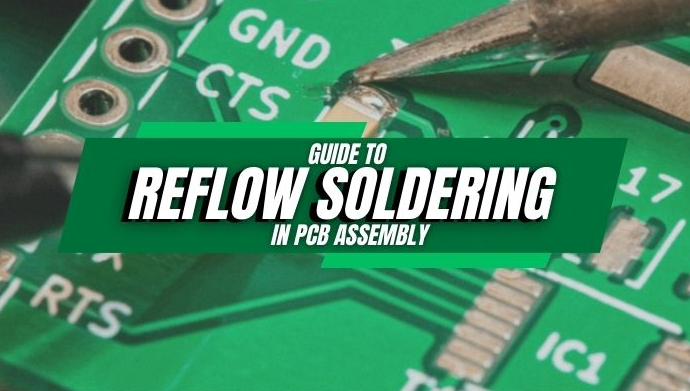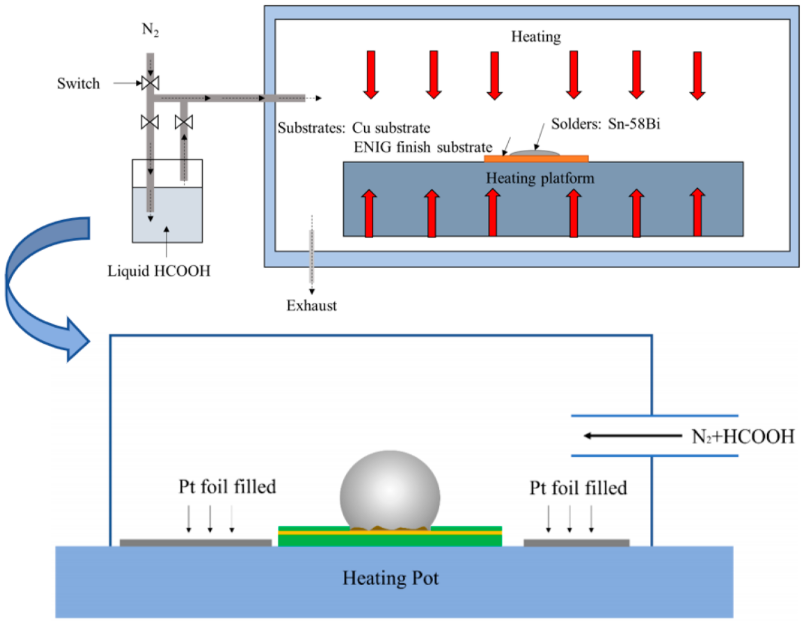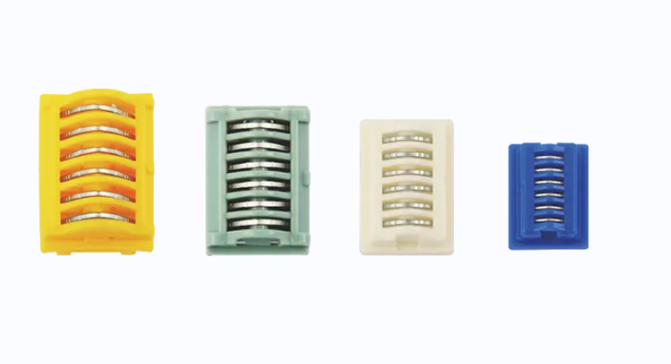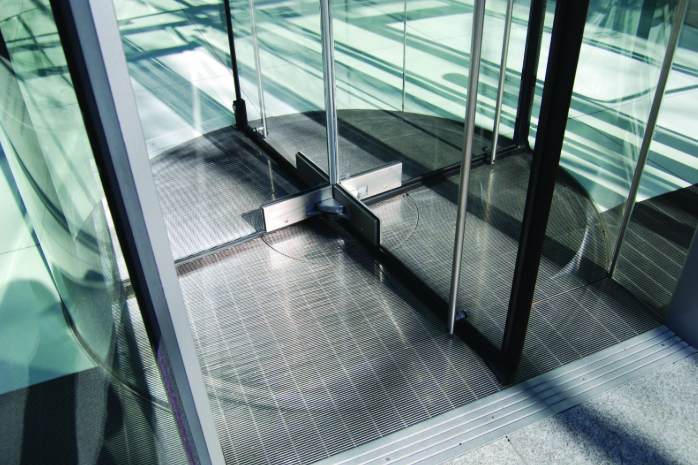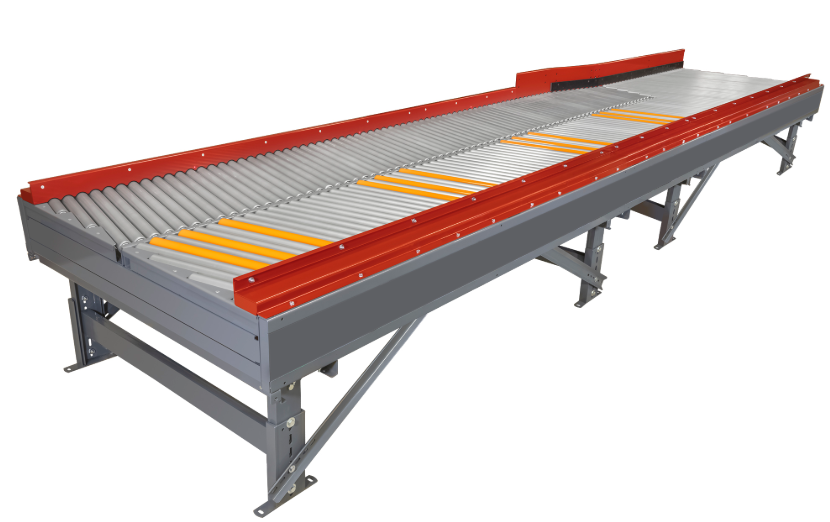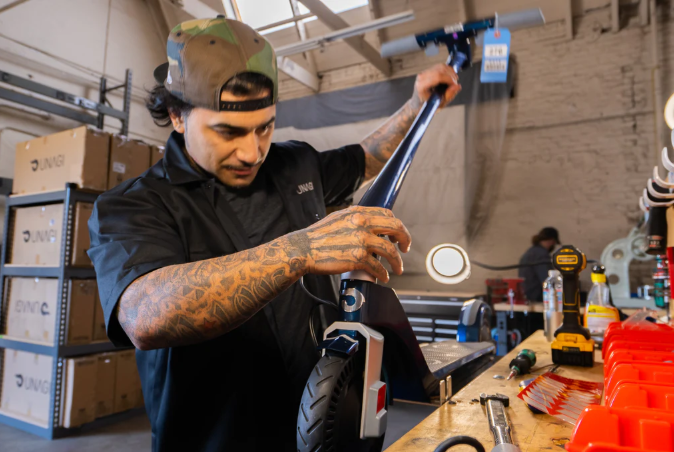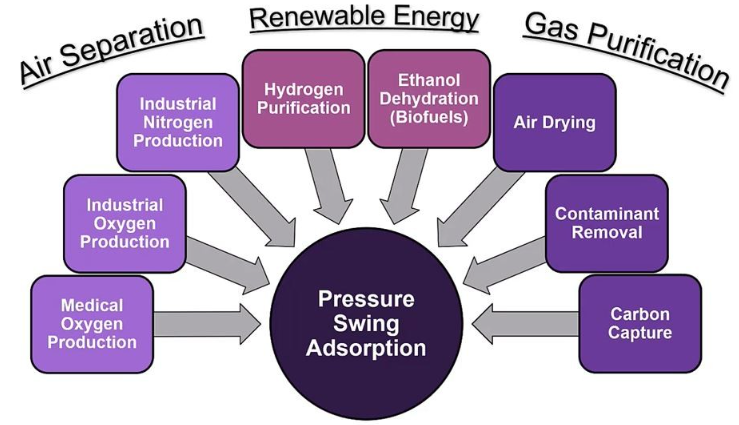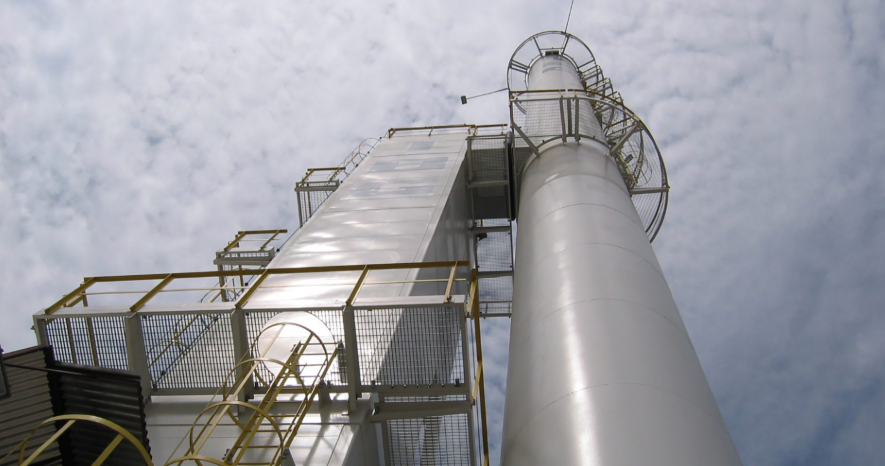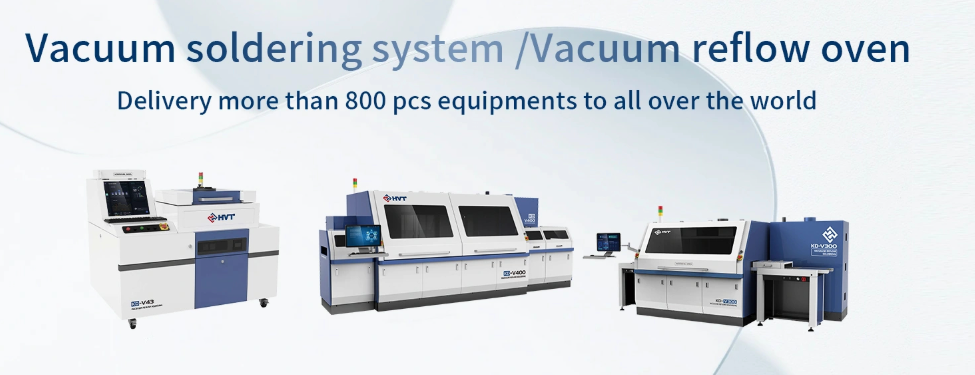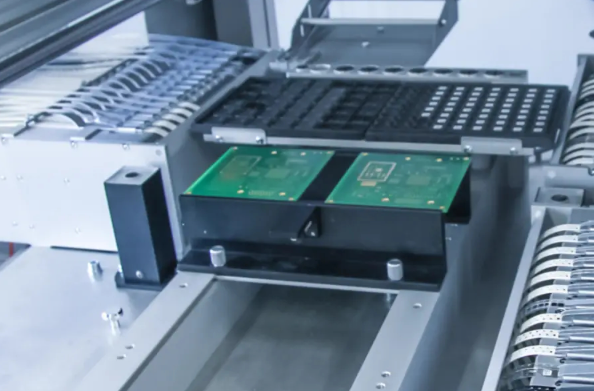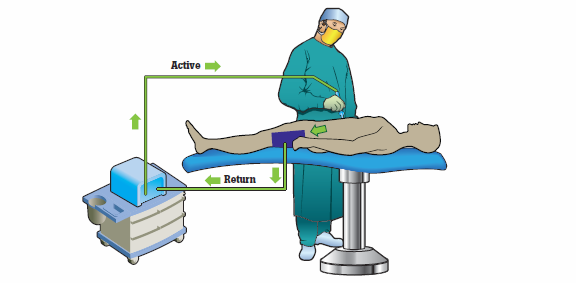Surface-mount technology (SMT) is a cornerstone of modern electronics manufacturing, enabling the precise assembly of electronic components onto printed circuit boards (PCBs) through processes like reflow soldering. Reflow soldering, a key technique in surface-mount technology, uses a controlled heating process within a reflow furnace to melt solder paste, forming robust electrical and mechanical connections between components and PCBs. This method is critical in surface-mount technology for its efficiency and ability to handle complex, high-density assemblies. This article, inspired by innovations from companies like Chengliankaida Technology Co., Ltd., explores the reflow soldering process in surface-mount technology, its stages, benefits, challenges, and its pivotal applications in electronics manufacturing.
How Does the Reflow Soldering Process Work in Surface-Mount Technology?
In surface-mount technology, reflow soldering is a meticulously orchestrated process comprising several stages, each designed to ensure reliable solder joints for components mounted on PCBs. These stages are critical to the success of surface-mount technology in producing high-quality electronic assemblies.
Solder Paste Application in Surface-Mount Technology
The reflow soldering process in surface-mount technology begins with applying solder paste—a blend of powdered solder and flux—onto PCB solder pads. This is typically done using a screen-printing process, where a stencil ensures precise deposition of solder paste in surface-mount technology applications. The paste temporarily secures components, setting the stage for reliable connections in surface-mount technology assemblies. The quality of solder paste is crucial, as it impacts the integrity of solder joints in surface-mount technology.
Component Placement in Surface-Mount Technology
Following solder paste application, automated pick-and-place machines position components onto the PCB with exceptional accuracy in surface-mount technology. These machines use advanced vision systems to ensure precise alignment, a vital aspect of surface-mount technology where misalignments can lead to defective solder joints. Accurate component placement is essential for the success of reflow soldering in surface-mount technology, ensuring robust connections.
Preheating Stage in Surface-Mount Technology
Once components are placed, the PCB enters the reflow furnace for the preheating stage in surface-mount technology. Here, the temperature gradually rises to activate the flux, which cleans surfaces by removing oxides and contaminants. This stage also eliminates moisture, reducing thermal shock risks in surface-mount technology. Controlled preheating is critical in surface-mount technology to protect sensitive components and ensure uniform heating across the PCB.
Thermal Soak Stage in Surface-Mount Technology
The thermal soak stage in surface-mount technology maintains a stable temperature to further activate the flux and ensure even heat distribution. This phase prepares the solder paste for melting, enhancing its fluidity for the reflow stage in surface-mount technology. Uniform thermal soak is essential in surface-mount technology to accommodate components of varying sizes and thermal properties, minimizing defects.
Reflow Stage in Surface-Mount Technology
The reflow stage is the core of the process in surface-mount technology, where the furnace reaches peak temperatures, typically 230°C to 250°C, based on the solder paste type (e.g., lead-free or leaded). The solder particles melt, forming a liquid phase that wets component leads and PCB pads, creating strong metallurgical bonds in surface-mount technology. Precise control of temperature and duration is critical in surface-mount technology to prevent overheating, which could damage components or compromise solder joint quality.
Cooling Stage in Surface-Mount Technology
After reflow, the PCB enters the cooling zone in surface-mount technology, where the temperature gradually decreases to solidify the molten solder into durable joints. Controlled cooling is vital in surface-mount technology to avoid thermal stress, which can cause defects like solder joint cracking or component warpage. A gradual cooling rate ensures reliable, high-quality connections in surface-mount technology assemblies.
What Are the Benefits of Reflow Soldering in Surface-Mount Technology?
Reflow soldering offers numerous advantages in surface-mount technology, making it the preferred method for assembling modern electronic devices.
Precision and Consistency in Surface-Mount Technology
Reflow soldering furnaces provide precise control over temperature profiles in surface-mount technology, ensuring consistent and repeatable results. This precision is crucial in surface-mount technology for achieving high-quality solder joints, reducing defects, and enhancing device reliability. Advanced furnaces employ real-time monitoring to optimize conditions in surface-mount technology applications.
High Throughput in Surface-Mount Technology
The automated nature of reflow soldering in surface-mount technology enables high-volume production, ideal for large-scale electronics manufacturing. Multiple PCBs can be processed simultaneously, boosting efficiency in surface-mount technology workflows. This scalability is a key advantage in surface-mount technology for meeting industry demands.
Versatility in Surface-Mount Technology
Reflow soldering in surface-mount technology is compatible with diverse component types, including fine-pitch components, ball grid arrays (BGAs), and chip-scale packages (CSPs). This versatility makes surface-mount technology ideal for complex, high-density PCB designs, accommodating the needs of modern electronics.
Minimized Thermal Stress in Surface-Mount Technology
The gradual heating and cooling stages in reflow soldering reduce thermal stress on components in surface-mount technology, lowering the risk of damage and improving reliability. This is particularly important in surface-mount technology, where components are often sensitive to temperature fluctuations.
What Challenges Arise in Reflow Soldering for Surface-Mount Technology?
Despite its benefits, reflow soldering in surface-mount technology presents challenges that require careful management.
Optimizing Temperature Profiles in Surface-Mount Technology
Achieving the ideal temperature profile in surface-mount technology is critical for successful reflow soldering. Variations in PCB design, component density, and solder paste formulation can affect thermal dynamics, necessitating precise adjustments in surface-mount technology processes.
Thermal profiling tools are often used to optimize outcomes.
Solder Paste Management in Surface-Mount Technology
The quality and handling of solder paste significantly impact reflow soldering in surface-mount technology. Factors like paste composition, viscosity, and storage conditions must be carefully managed to ensure consistent performance in surface-mount technology. Improper handling can lead to issues like solder balling or poor wetting.
Component Compatibility in Surface-Mount Technology
Certain components in surface-mount technology may have specific temperature sensitivities or require special handling during reflow. Ensuring compatibility and protecting these components in surface-mount technology applications can be challenging, often requiring customized furnace settings.
Where Is Reflow Soldering Used in Surface-Mount Technology Applications?
Reflow soldering in surface-mount technology is widely applied across industries, enabling the assembly of complex, reliable electronic devices.
Consumer Electronics
Smartphones, tablets, and laptops rely on reflow soldering in surface-mount technology to assemble numerous small, intricate components. Surface-mount technology ensures reliable connections for compact, high-performance devices.
Automotive Electronics
Automotive systems, such as engine control units and sensors, use reflow soldering in surface-mount technology to create durable solder joints capable of withstanding harsh conditions. Surface-mount technology supports the reliability required in automotive applications.
Industrial and Medical Devices
Industrial control systems and medical equipment leverage reflow soldering in surface-mount technology for dense, high-reliability PCBs. Surface-mount technology delivers the precision needed for critical applications.
Telecommunications
Networking equipment and communication devices utilize reflow soldering in surface-mount technology to achieve high-density assemblies with excellent signal integrity, meeting the demands of modern telecommunications.
Conclusion: Why Is Reflow Soldering Vital in Surface-Mount Technology?
Reflow soldering is a fundamental process in surface-mount technology, enabling the efficient and reliable assembly of electronic devices. By leveraging precise temperature control and automation, reflow soldering in surface-mount technology ensures high-quality solder joints, minimizes defects, and enhances production efficiency. Understanding its stages, benefits, and challenges is essential for optimizing surface-mount technology processes. As electronics continue to evolve, reflow soldering in surface-mount technology will remain a driving force in innovation and excellence.
